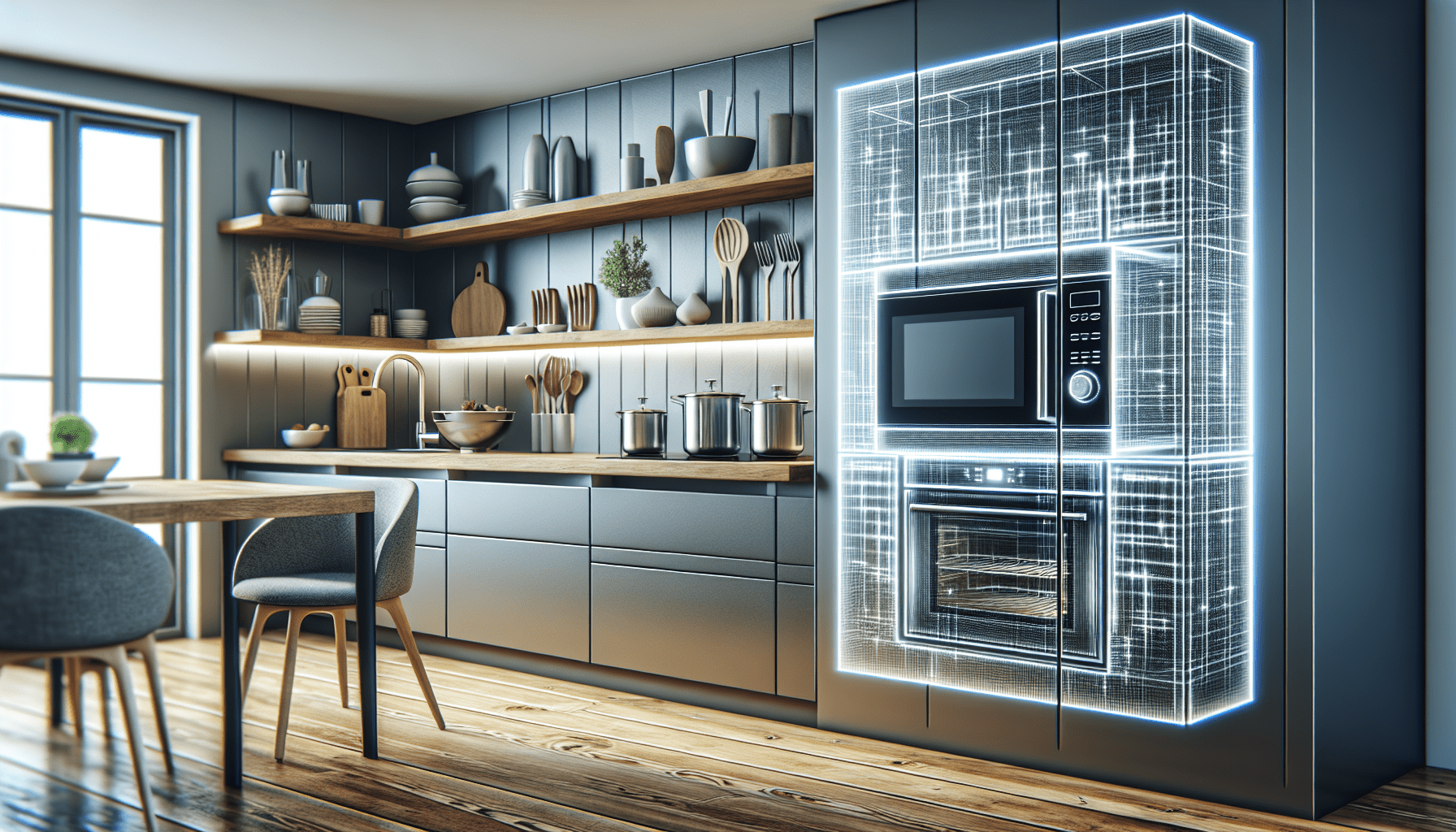What Are The Disadvantages Of Built-in Microwaves?
Microwaves have become an indispensable appliance in modern kitchens, providing quick and convenient cooking solutions. However, when it comes to built-in microwaves, there are a few downsides worth considering. From limited flexibility in terms of placement to higher costs and potential difficulty in repairs, these disadvantages could be crucial factors to consider before investing in a built-in microwave for your kitchen.

Limited flexibility in location options
Built-in microwaves, as the name suggests, are designed to be permanently installed into your kitchen. Once they are in place, they cannot easily be moved or relocated. This lack of flexibility can be a disadvantage for homeowners who may want to change the layout or design of their kitchen in the future. The fixed positioning of a built-in microwave may limit your options when it comes to rearranging your kitchen appliances and cabinetry.
Higher installation costs
Another disadvantage of built-in microwaves is the higher installation costs involved. Unlike countertop microwaves that can simply be placed on a suitable surface, built-in microwaves require professional installation. This often means that additional electrical or ventilation work needs to be done, which can increase the overall installation cost. Depending on the kitchen’s existing layout, remodeling or retrofitting may be necessary, further adding to the expenses.
Lack of portability
One of the key drawbacks of built-in microwaves is their lack of portability. Once installed, they cannot be easily taken to a new home or apartment. This can be a major disadvantage for individuals who frequently move or for those who live in rental properties. The inability to bring their built-in microwave with them to a new location means that they would need to purchase a new one, resulting in additional expenses.
Limited repair options
When it comes to repairs, built-in microwaves can pose some challenges. Due to their integrated design, accessing or replacing components can be difficult. Unlike countertop models that can simply be unplugged and moved to a repair shop, built-in microwaves often require specialized technicians to handle any repairs. Additionally, the necessary replacement parts for built-in microwaves can be costly, further adding to the overall repair expenses.

Potential for increased maintenance
Maintaining a built-in microwave can be more challenging compared to countertop models. Since they are fixed into the cabinetry, it can be harder to clean and maintain them due to their limited accessibility. Dirt and grease can accumulate in the surrounding cabinets, making it more time-consuming and difficult to keep the area clean. Regular cleaning and maintenance are essential to ensure the longevity and proper functioning of your built-in microwave.
Compromised cooking performance
Built-in microwaves may not deliver the same cooking performance as countertop models. They often have lower wattage and cooking power, which can result in longer cooking times. Additionally, the built-in design can lead to uneven heat distribution, which may result in food being cooked unevenly. The limited capacity of built-in microwaves may also be a concern if you regularly cook larger or irregularly shaped dishes.
Need for matching cabinetry
To seamlessly blend a built-in microwave into your kitchen design, customized cabinetry is often required. This means that matching the existing cabinetry or creating new cabinetry can be expensive and time-consuming. Finding the right materials, design, and color to match your kitchen aesthetics can be a challenge. The need for matching cabinetry can significantly increase the overall cost and effort associated with installing a built-in microwave.
Potential for obsolescence
Built-in microwaves may become outdated in terms of technology or style over time. As advancements are made in microwave technology, built-in models may not accommodate these innovations or upgrades. Additionally, the specific style and design of a built-in microwave may go out of fashion, potentially decreasing its appeal in the future. This could lead to a situation where your built-in microwave becomes outdated and requires replacement, further incurring costs.
Limited accessibility and usability
The placement of a built-in microwave can impact its accessibility and usability. Depending on the height at which it is installed, reaching for items inside the microwave may become inconvenient, especially for shorter individuals or those with mobility issues. Additionally, the controls and buttons of a built-in microwave may be less user-friendly compared to countertop models. The built-in design may make it more difficult to see and operate the controls comfortably.
Decreased resale value
Customized cabinetry that is specifically designed to accommodate a built-in microwave may not suit everyone’s taste. This can be a disadvantage if you plan to sell your home in the future. Potential buyers may not find the built-in microwave or the customized cabinetry appealing, leading to a decrease in the overall resale value of your property. This is an important consideration if you are looking to invest in a built-in microwave and are concerned about the potential impact on your home’s value.
In conclusion, while built-in microwaves offer a sleek and integrated look to your kitchen, they come with several disadvantages that should be carefully considered. These disadvantages include limited flexibility in location options, higher installation costs, lack of portability, limited repair options, potential for increased maintenance, compromised cooking performance, the need for matching cabinetry, potential for obsolescence, limited accessibility and usability, and decreased resale value. Before investing in a built-in microwave, weigh these disadvantages against the benefits to ensure that it aligns with your specific needs and circumstances.




